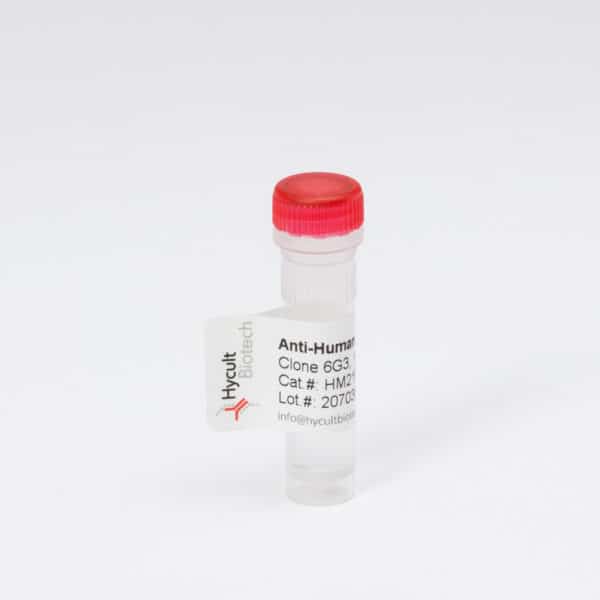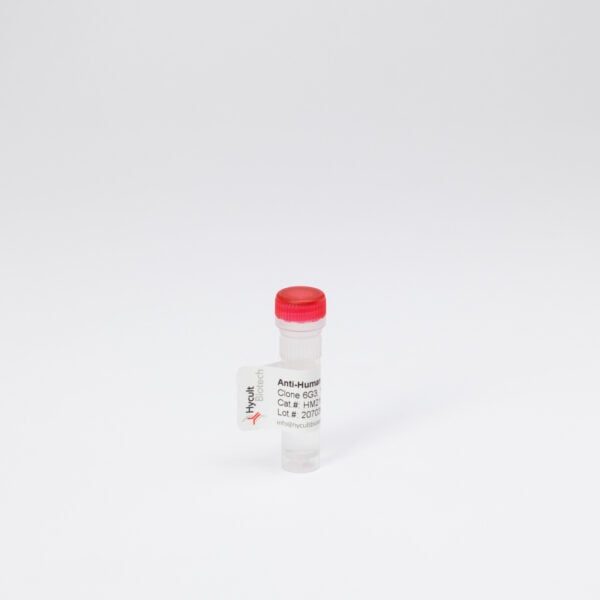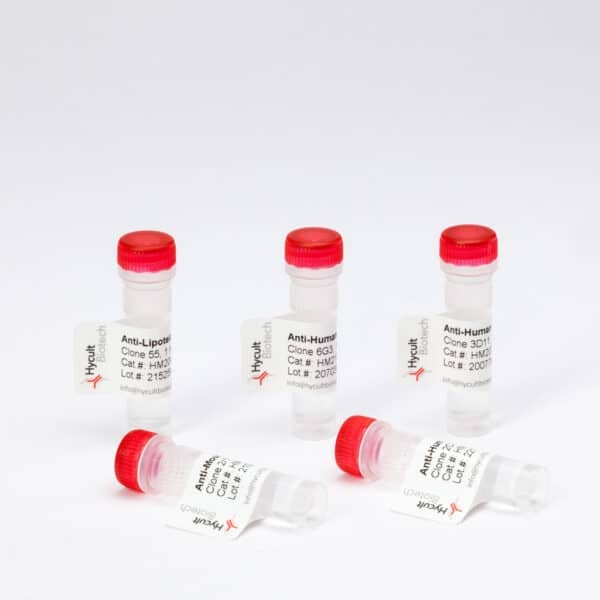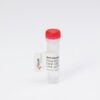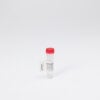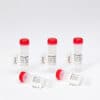SP-D, Rat, mAb IVG8
€125.00 – €390.00
The monoclonal antibody IVG8 recognizes the rat surfactant protein D (SP-D). SP-D belongs to the collectin familiy. These proteins are oligomeric proteins composed of carbohydrate-recognition domains (CRD) attached to collagenous regions. They are structurally similar to the ficolins although they make use of different CRD structures: C-type lectin domain for the collectins. The anti-microbial effector mechanisms of SP-D are direct opsonization, neutralization, and agglutination. Thus limiting the infection and concurrently orchestrating the subsequent adaptive immune response. The lung is the major site of synthesis of SP-D, where the molecules are produced and secreted onto the epithelial surface by alveolar type II cells and unciliated bronchial epithelial cells. SP-D is also found in different epithelial cells of the gastrointeststinal tract and in epithelial cells of exocrine glands. SP-D synthesis and secretion increase significantly after inflammatory stress. Increased amounts of SP-D in lavage and tissue, particularly in type II pneumocytes, in Clara cells and in hyperplastic goblet cells are found in inflamed lungs. The localization of SP-D in endocytic vesicles and in lysosomal granules of alveolar macrophages suggests that a receptor-mediated uptake occurs. SP-D binds to apoptotic neutrophils and enhances their clearance by alveolar macrophages. Monoclonal antibody IVG8 specific for rat surfactant protein D shows significant cross reactivity with human SP-D. Monoclonal antibody IVG8 stains paraffin sections of rat lung. It cannot be used for staining of paraffin sections of human lung. It can also be used as detection antibody for Elisa on wells coated with human SP-D.
Calculate your ELISA data easily
With the ELISA calculator you can easily calculate ELISA data. Assayfit Pro helps to perform curve fitting. The calculator generates advanced reports, fit graph, fit parameters and goodness of fit are shown.
We are glad to support you!
Take advantage of our dedicated support team for any technical assistance you need while using our products or considering them for your research needs.
